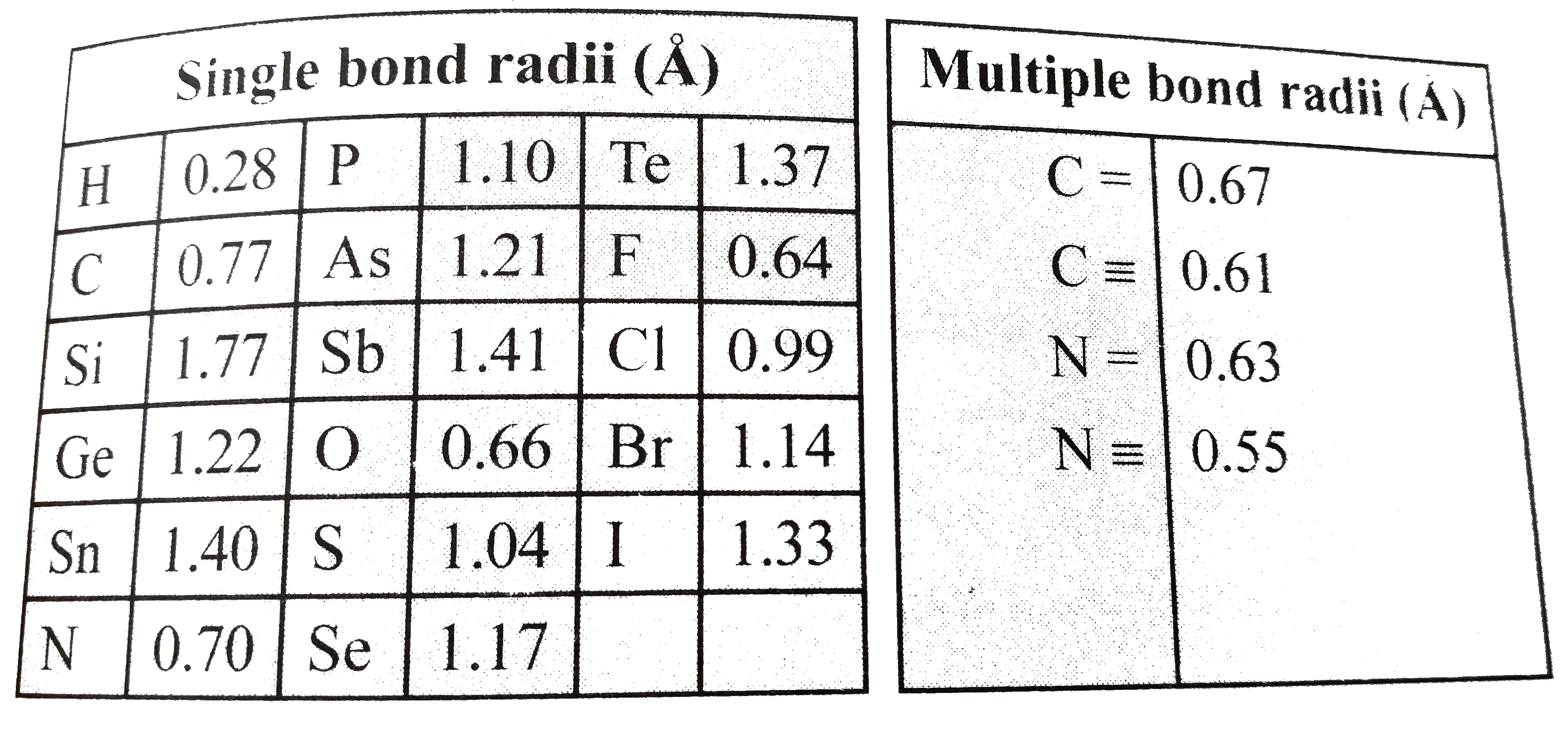Predict whether each of the following molecule has a dipole momnet
(a) (b) (c ) .
To determine whether each of the given molecules has a dipole moment, we need to analyze their molecular structures, electronegativity differences, and symmetry. Let's go through each molecule step by step:
Step 1: Analyze BF₃ (Boron Trifluoride)
1. Structure: BF₃ has a trigonal planar structure, with Boron (B) at the center and three Fluorine (F) atoms at the corners of an equilateral triangle.
2. Electronegativity: Fluorine is more electronegative than Boron. Therefore, each B-F bond is polar, with the dipole moment directed towards the Fluorine atoms.
3. Symmetry: The molecule is symmetrical. The three dipole moments from each B-F bond point towards the Fluorine atoms and are equal in magnitude but opposite in direction.
4. Conclusion: The dipole moments cancel each other out due to symmetry, resulting in a net dipole moment of zero.
Step 2: Analyze IBr (Iodine Monobromide)
1. Structure: IBr is a diatomic molecule consisting of one Iodine (I) atom and one Bromine (Br) atom.
2. Electronegativity: There is an electronegativity difference between Iodine and Bromine, with Bromine being more electronegative.
3. Dipole Moment: Since there is only one bond in IBr, the dipole moment does not have another bond to cancel it out. The dipole moment is directed towards Bromine.
4. Conclusion: IBr has a net dipole moment that is not equal to zero.
Step 3: Analyze CH₂Cl₂ (Dichloromethane)
1. Structure: CH₂Cl₂ has a tetrahedral structure, with a Carbon (C) atom at the center bonded to two Hydrogen (H) atoms and two Chlorine (Cl) atoms.
2. Electronegativity: In this molecule, Carbon is more electronegative than Hydrogen, while Chlorine is more electronegative than Carbon. Therefore, the dipole moments for C-H and C-Cl bonds are directed towards Chlorine and Carbon respectively.
3. Resultant Dipole Moment: The dipole moments do not cancel out due to the asymmetrical arrangement of the Chlorine and Hydrogen atoms. The resultant dipole moment points towards the Chlorine atoms.
4. Conclusion: CH₂Cl₂ has a net dipole moment that is not equal to zero.
Final Summary
- BF₃: Dipole moment = 0 (due to symmetry)
- IBr: Dipole moment ≠ 0 (due to one polar bond)
- CH₂Cl₂: Dipole moment ≠ 0 (due to asymmetrical polar bonds)
1. Structure: BF₃ has a trigonal planar structure, with Boron (B) at the center and three Fluorine (F) atoms at the corners of an equilateral triangle.
2. Electronegativity: Fluorine is more electronegative than Boron. Therefore, each B-F bond is polar, with the dipole moment directed towards the Fluorine atoms.
3. Symmetry: The molecule is symmetrical. The three dipole moments from each B-F bond point towards the Fluorine atoms and are equal in magnitude but opposite in direction.
4. Conclusion: The dipole moments cancel each other out due to symmetry, resulting in a net dipole moment of zero.
1. Structure: IBr is a diatomic molecule consisting of one Iodine (I) atom and one Bromine (Br) atom.
2. Electronegativity: There is an electronegativity difference between Iodine and Bromine, with Bromine being more electronegative.
3. Dipole Moment: Since there is only one bond in IBr, the dipole moment does not have another bond to cancel it out. The dipole moment is directed towards Bromine.
4. Conclusion: IBr has a net dipole moment that is not equal to zero.
1. Structure: CH₂Cl₂ has a tetrahedral structure, with a Carbon (C) atom at the center bonded to two Hydrogen (H) atoms and two Chlorine (Cl) atoms.
2. Electronegativity: In this molecule, Carbon is more electronegative than Hydrogen, while Chlorine is more electronegative than Carbon. Therefore, the dipole moments for C-H and C-Cl bonds are directed towards Chlorine and Carbon respectively.
3. Resultant Dipole Moment: The dipole moments do not cancel out due to the asymmetrical arrangement of the Chlorine and Hydrogen atoms. The resultant dipole moment points towards the Chlorine atoms.
4. Conclusion: CH₂Cl₂ has a net dipole moment that is not equal to zero.
- BF₃: Dipole moment = 0 (due to symmetry)
- IBr: Dipole moment ≠ 0 (due to one polar bond)
- CH₂Cl₂: Dipole moment ≠ 0 (due to asymmetrical polar bonds)
Topper's Solved these Questions
- CHEMICAL BONDING AND MOLECULAR STRUCTUREBOOK - CENGAGE CHEMISTRY ENGLISHCHAPTER - CHEMICAL BONDING AND MOLECULAR STRUCTUREEXERCISE - Ex 2 .2 Subjective (Molecular Orbital Theory)
4 Videos
- CHEMICAL BONDING AND MOLECULAR STRUCTUREBOOK - CENGAGE CHEMISTRY ENGLISHCHAPTER - CHEMICAL BONDING AND MOLECULAR STRUCTUREEXERCISE - Ex 2 .2 Objective
34 Videos
- CHEMICAL BONDING AND MOLECULAR STRUCTUREBOOK - CENGAGE CHEMISTRY ENGLISHCHAPTER - CHEMICAL BONDING AND MOLECULAR STRUCTUREEXERCISE - Solved Examples
36 Videos
- ATOMIC STRUCTUREBOOK - CENGAGE CHEMISTRY ENGLISHCHAPTER - ATOMIC STRUCTUREEXERCISE - Concept Applicationexercise(4.3)
19 Videos
- CHEMICAL EQUILIBRIUMBOOK - CENGAGE CHEMISTRY ENGLISHCHAPTER - CHEMICAL EQUILIBRIUMEXERCISE - Subjective type
1 Videos
Similar Questions
The single and multiple bond radii of some elements given in the following table Calculate the bond lengths in
(a) SCI2
(b) NH3
(c ) CH2CI2
(d) HOCI
(e) HCN
(f )H3PO4
(g) CH3NH2
 .
.
View SolutionWhich out of the following pairs has dipole moment ?
(i) BF3andNCl3 (ii) H2OandBF3 (iii) CO2andH2S
View SolutionPredict the shapes of the following molecules on the basis of hybridisation.
BCl3,CH4,CO2,NH3
View SolutionWhich one of the following has the highest dipole moment?
(i) CH2Cl2,(ii)CHCl3,(iii)CCl4
View SolutionPredict whether the following molecules are isostructural or not Justify your answer
N(Me)3 and N(SiH3)3 .
View SolutionWhich of the following molecules behave as electrical dipoles ?
(i) CCl4 (ii) CHCl3 (iii) BF3 (iv) H2O (v) BeF2 (vi) NH3
View SolutionHow many σ and π bonds are present in each of the following molecules?
(a) HC≡CCH=CHCH3 (b) CH2=C=CHCH3
View SolutionWrite structures and describe the geometry of the following molecules
(a) NH2OH (Hydroxylamine)
(b) NH2NH2 (Hybrazine)
(c ) CH3COCI (Acety1 chloride)
(d) CH2=NH( methylenamine) .
View SolutionIndicate the σ− and π− bonds in the following molecules:
I. C6H6 II. C6H12 III. CH2CI2
IV. CH2=C=CH2 V. CH3NO2
VI. HCONHCH3
View SolutionHow many molecules among the following have zero dipole moment NH3,BF3,NF3,CCI4 ? .
View Solution
